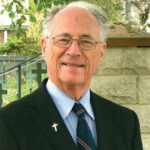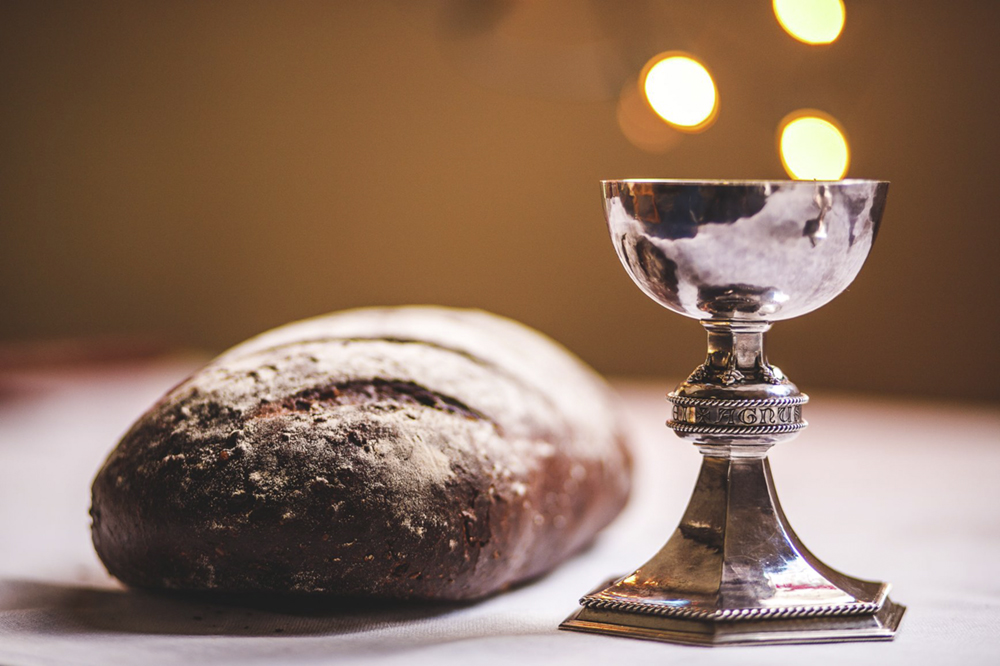
WelCom October 2022

This article, in three parts, by Bishop Peter Cullinane coincides with Pope Francis’ desire for our parish liturgies to be as they as they should be, and for the Catholic people to receive on-going liturgy formation. Pope Francis’ most recent Apostolic letter, Desiderio Desideravi – ‘I have desired with a great desire’ (Lk 22:15), published 29 June 2022, deals with this. It is a follow-up to his letter, Traditiones Custodes – ‘Guardians of the Tradition’, published last year, 16 July 2021, in which he called for the Traditional Latin Mass to be terminated. Bishop Peter brings these two concerns together in his article. The concluding Part 3 offers further points of clarification of some areas with potential for misunderstandings and superficiality.
Part 3: Further points of clarification
Mission
In the celebration of Eucharist, the Holy Spirit makes present to us what God is doing for our salvation (Catechism of the Catholic Church, 1091 ff). We allow ourselves to be taken up into it, with wonder and thanksgiving.
We are being sanctified and sent – two sides of the same coin. Our participation in the Mass is incomplete if it does not flow out into every aspect of life, making it more authentically human – through social and economic justice, and responsibility for the planet. ‘The split between the faith which many profess and their daily lives deserves to be counted among the more serious errors of our age’ (2nd Vat. Council Church in Modern World, 43).
“The split between the faith which many profess and their daily lives deserves to be counted among the more serious errors of our age”
2nd Vat Council Church in Modern World, 43
The connection between our sanctification and our mission is illustrated in our reception of Holy Communion. ‘We become what we receive’ (St Augustine). What we receive is ‘the body broken and given up for others’ and the ‘blood (life) poured out for others’. Being ‘for others’ is what we commit ourselves to when we respond: ‘Amen’.

Bread and drink this Cup,
you are proclaiming the
Death of the Lord.
1 Corinthians 11:26
Image: James Coleman/Unsplash
‘Meal’ and ‘sacrifice’ are not conflicting concepts: ‘…every time you eat this bread and drink this cup, you are proclaiming his death’ (1 Cor. 11:26). Nor are ‘altar’ and ‘table’ conflicting concepts, as the table shape of the altar in meant to remind us.
“Noticing what God is doing in the midst of our struggles lifts us up. Contemplating God’s love for us evokes our love for God.”
Hand or tongue?
During times of infection, hygiene aimed at preventing the spread of potentially fatal infections is a matter of moral duty towards ourselves and others. In normal times, our practice should be based on Jesus’ own words at the Last Supper: ‘take, eat…take, drink’. It is based on the normal ways that adults take food and drink. But we receive it with deep awareness of who it is we are receiving. (Placing food on another’s tongue is more normally what we do for infants and disabled people.)
Homily or sermon?
The scriptures give us a backdrop against which to notice how God has been involved in other people’s lives. The homily is intended to help us recognise how God is still involved – now in our lives. It is specifically about what God is doing. A sermon is more about what we should be doing. Of course, we also need to know that, but not all our learning can be loaded on to the homily. Catholics are supposed to participate in other forms of on-going formation.
Constant moralising can lead to over-anxiety for people already harassed by the struggles of living and can weigh them down. In contrast to this, noticing what God is doing in the midst of our struggles lifts us up. Contemplating God’s love for us evokes our love for God.
Adaptations
There is a difference between aberrations and adaptations. Changes that deflect from the meaning of a given part of the Mass are aberrations and not acceptable. However, adaptations that better bring out its meaning actually help to fulfil the purpose intended by the rubrics. We fulfil the whole law by fulfilling its purpose (Mark 2:23-27).
The General Instruction of the Roman Missal requires that ‘accommodations and adaptations’ should ‘correspond to the meaning and character of each part of the celebration’. Some adaptations require decision by the bishop, or bishops’ conference. Smaller ones are made by the priest so that the prayer of the Church can become the prayer of the people who are present. In this way he is being faithful to his duty:
‘…the age and condition of the people, their way of life, and degree of religious culture (that is, religious formation, faith-practice etc) should be taken into account. By doing so, pastors will be fulfilling one of the chief duties of a faithful dispenser of the mysteries of God…’ (Constitution on the Liturgy, 19).
‘…always to be kept in mind is the preservation of that freedom, envisaged by the new rubrics, to adapt the celebration in an intelligent manner to the church building, or to the group of faithful who are present, or to particular pastoral circumstances in such a way that the universal rite is truly accommodated to human understanding.’ (Consilium for Promoting the Constitution on the Liturgy, Notitiae, 1965, p 254.)
Making these kinds of adaptations should be as natural as the way we adapt our vocabulary when speaking now to adults, now to children. Changing non-inclusive to inclusive language is a case in point.
Church architecture and furnishings
These are meant to help us be aware of Christ’s presence in the four ways he is present:
• in the sacrament – altar;
• in the word – table of the word;
• in the ministry of the priest – presider’s chair; and
• in the congregation – seating arrangements.
Other furnishings and statues help to create atmosphere but must not distract us from the liturgy itself. The tabernacle and reserved Sacrament are not part of the Mass. This is why the Church’s preference is for the tabernacle to be located in a separate space within the church, suitable for the devotion due to the Blessed Sacrament, and apart from spaces that are used for other activities, such as marriages; (Instruction on the Eucharistic Mystery, 1967, n 53).
Part 1 of this article was published on p 16, August WelCom, part 2 was published on p 16, September WelCom/NauMai.